About
What is START?
START stands for Stimulation of the Thalamus for Arousal Restoral in Temporal lobe epilepsy
Over 3 million people in the United States have epilepsy, and about one sixth cannot achieve seizure control with medications or surgery. Brain stimulation can be used to decrease the frequency and severity of seizures, but there are no treatments for managing conscious awareness during or after seizures. The thalamus is an area of the brain known to be related to conscious arousal which when stimulated, could have the potential to improve awareness during a seizure. To evaluate this, we are recruiting patients with temporal lobe epilepsy to receive a neurostimulator device and additional technologies that can detect seizures, provide stimulation, and collect behavioral information to help doctors determine the effectiveness of this therapy in restoring consciousness.

How it Works
The trial is conducted in phases over twenty months. Participation requires you to attend neurology visits every three months and maintain care of custom research technology, like a smartwatch and rechargeable neurostimulator device.
To confirm you are eligible for this study, you will have a neurology exam, neuropsychology assessment, and a brain scan. We will provide you with the behavioral testing technology to learn how to use it and collect data prior to receiving your neurostimulator implant.
Once your eligibility is confirmed, we can schedule to have the neurostimulator implanted at one of our three study centers. After the operation, you will need to have a check up and be admitted to the hospital to program the device.
After the device is programmed, your physician will monitor and adjust the stimulation as needed. You will continue to complete behavioral assessments, in-person follow-up visits with your physician and neuropsychologist, and remote calls with the research team.
Once the study ends, your neurologist will decide with you how your care should be handled going forward.
Technology and Other Details of the START Study
Our study is designed around three key pieces of technology
The Medtronic Summit RC+S
The RC+S will be implanted to detect seizures and stimulate your brain. The goal is to stop seizures and improve consciousness.
Epilepsy Personal Assistant Device (EPAD)
You will use this tablet PC to help keep track of your seizures and medicines.
Automatic Responsiveness Testing in Epilepsy (ARTiE watch)
The ARTiE watch will ask you questions during seizures to see if you can respond.
FAQS
What is the purpose of the study?
This study is evaluating a novel brain stimulation pathway to improve awareness during and after seizures. To explore this, the study provides a neurostimulator and automatic behavioral responsiveness testing technology for patients to take home. This technology could also provide deeper insight into the frequency of seizures and seizure impact on quality of life.
What is brain stimulation?
Deep brain stimulation uses devices similar to pacemakers or cardiac defibrillators, with small electrical currents that treat a variety of brain disorders, including epilepsy. Deep brain stimulation can be used to prevent seizures. In this study, deep brain stimulation will also be used in an effort to improve consciousness.
How is consciousness evaluated during seizures?
Impaired consciousness during and following seizures has a major negative impact on quality of life. Consequences include risk of motor vehicle accidents, drowning, burns, falls, poor work and school performance, and social stigmatization. Impaired arousal in the postictal period may also compromise breathing leading to sudden unexpected death in epilepsy (SUDEP). Research shows that consciousness is linked to an area of the brain that is turned off during a seizure, but that strategically placed stimulation could reactivate this area.
How are people chosen for the device implant?
The team will review your medical history to see if you may be eligible. Further assessments, like a neurology exam, neuropsychology testing, and a brain scan, are also needed to confirm your eligibility. We will then supply you with the EPAD and ARTiE watch to collect data about your current seizure severity and frequency and acclimate you to the technology. The implant of the Medtronic Summit RC+S device can be scheduled once you are confirmed to be eligible. Please see also our Eligibility <link> and Participate <link> pages for more info.
How does the ARTiE Watch testing work?
Once the neurostimulator device is implanted, consistent testing with the ARTiE watch is crucial to understand how the stimulation impacts your seizures and quality of life. The ARTiE watch will conduct assessments including questions and commands occasionally in-between seizures but will automatically occur during every seizure.
Will I be admitted to the hospital again after the device implant?
Yes, about one month after the implant you will be admitted to a participating epilepsy monitoring unit for 1-2 weeks to evaluate your seizures and adjust stimulation parameters of the Medtronic Summit RC+S device.
What happens during the rest of the START trial?
Throughout the twenty months of participation, we will continue to conduct neurology office visits about every three months, and neuropsychology visits to evaluate changes. You can reach the study clinicians and staff at any time to address questions.
How can I participate in the START trial?
Please see our Eligibility and Participate pages for more info.







